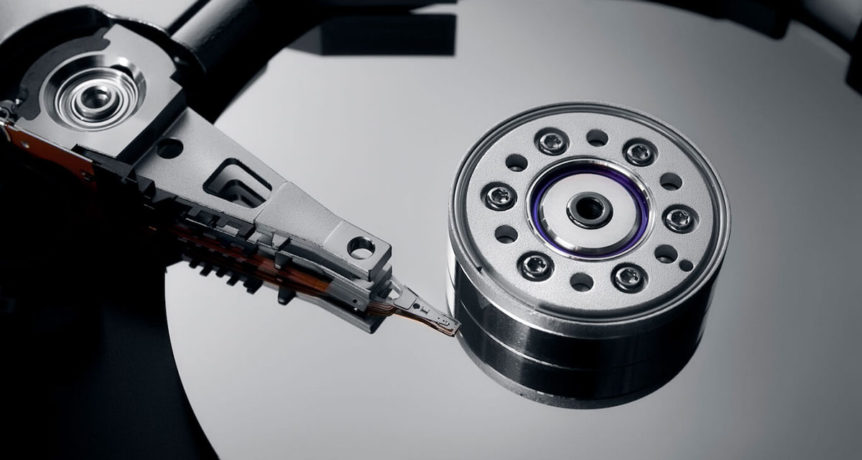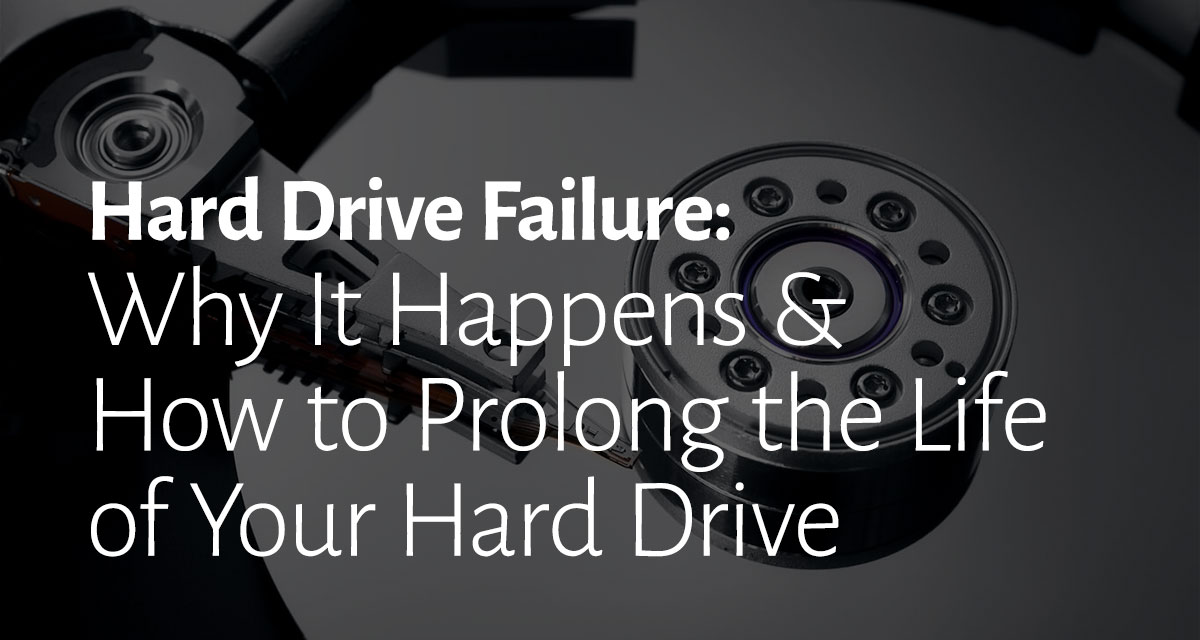
Hard drives do two main things: they store data and they fail. It’s not a question of if a hard drive failure will occur, but when. Hard drives fail for a lot of different reasons and we will go through the various reasons a hard drive could fail and what can be done to prevent this failure for as long as possible.
Early Hard Drive Failure
Generally, when you get a brand new hard drive and it has an early malfunction, it is usually due to two main reasons, either a manufacturing defect or shipping damage. When you get a new hard drive, there is a small probability that it may have some damages in it, if this is the case then it may not even function or may fail in the first few days, weeks or months.
To avoid losing files in your newly purchased hard drive, it is a good idea to run some checks on it to ensure that it is in proper shape. Western Digital Data LifeGuard is free for Windows users and offers a quick test and an extended test on the hard drive. For Mac, Hard Disk Warrior is the gold standard with the added benefit of lost or damaged file recovery.
The extended tests can take hours to run but will analyze every sector of the drive and give you results that will either assure you that the drive was bought without defects if it needs to be returned for a replacement.
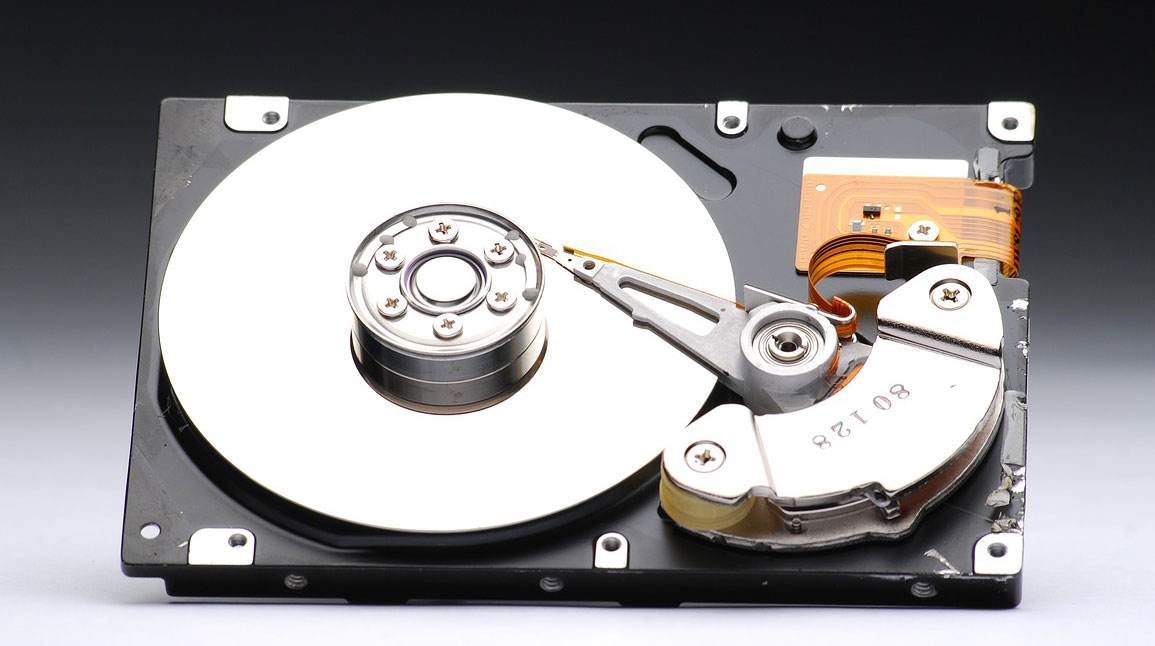
Different Types Of Failures In Hard Drives
Platter Magnetic Coating Failure
Inside the hard drive is the hard platter disk that has a magnetic coating on which the data is written. The magnetic coating used in storing data can develop bad sectors due to overheating. When there are bad sectors on a hard drive, that sector can’t hold any data.
Most hard drives built after 2004 use S.M.A.R.T. (Self-Monitoring, Analysis, and Reporting Technology) to gauge their own reliability and determine eminent hard drive failure. They can also cope with some bad sectors by writing files around the failed sectors.
Head Crash
The data on the hard drive is written and read by a head that skims just barely above the surface of the platter, never touching it. The head is mounted on an actuator arm that moves the head across the surface of the platter.
If the hard drive is bumped or jarred, or even subject to strong vibration, the head could collide with the platter and damage the magnetic surface and can even damage the head. This is called head crash and usually results in total hard drive failure.
Stiction
Another possible incident between the head and platter is static friction or stiction. This occurs when the smooth surfaces of the platter and head get attracted together.
This attraction can occur when any moisture in the drive condenses on the platter or a build-up of electrostatic energy causes the head and platter to stick. While not as catastrophic as head crash, stiction will damage data and eventually lead to hard drive failure.
Spindle Motor or Head Servo Failure
The disk platters have a motor and bearings that keep them spinning smoothly. If the motor dies or the bearings lose their lubrication, the platter will freeze and the drive will fail.
Another mechanical component is the servo that moves the actuator arm across the platter. The servo can eventually fail for various reasons which will also result in complete hard drive failure.
Circuit Board Failure
On the bottom of the hard drive is a circuit board which controls the drive and allows it to communicate with the computer. This circuit board can fail if it overheats or if there is an electrical spike or surge from a faulty power supply in the computer.
How to Prolong the Life of Your Hard Drive
Keeping Your Cool
As we covered, many of the things that cause hard drive failure are due to heat. The best thing you can do is make sure you have proper ventilation.
Don’t block any of the air vents in your computer or hard drive enclosure by putting them too close to walls or other objects. It is also a good idea to periodically vacuum air vents or use compressed air to blow out any dust that might be collecting in the vents (especially if you have pets).
If you have periods of heavy disk use, either an internal disk fan or even a regular house fan blowing on your computer can do wonders. Most external HDD enclosures that are designed for heavy use like video editing RAID systems have built-in fans and temperature monitors.
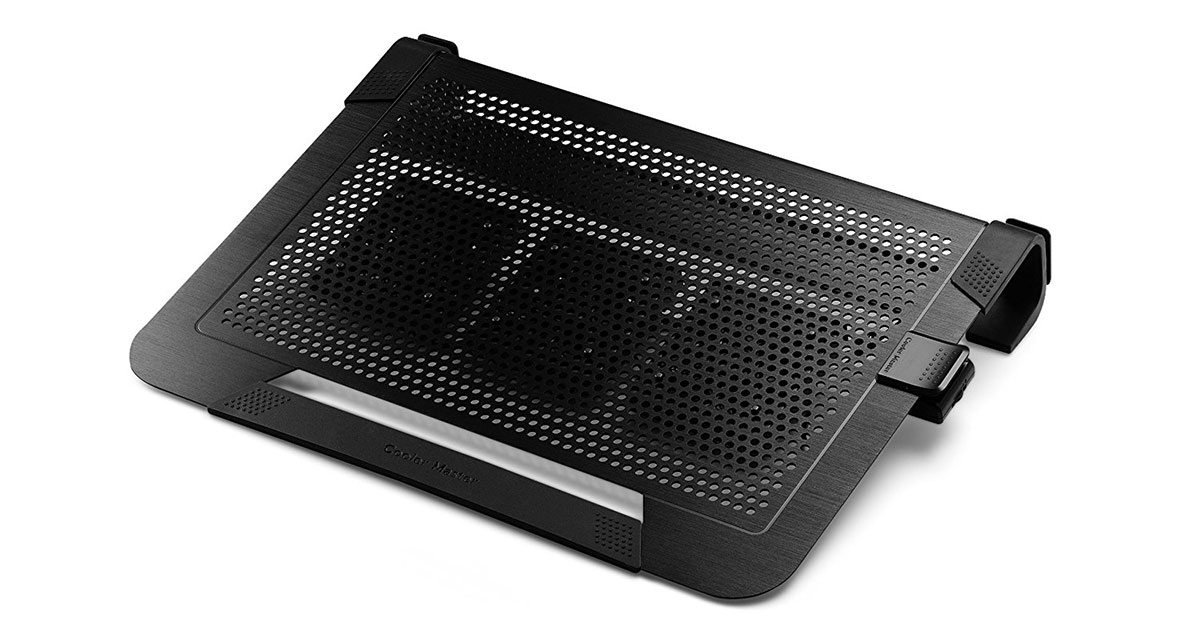
Laptop stand keeps the laptop well ventilated.
If you have an HHD in your laptop, it is best to use it on a hard surface. If you place it on a blanket or pillow, in addition to the possibility of covering air vents, those materials also act as an insulator to keep heat in.
Of course, the whole point of a laptop is to use it… well, on your lap. But many companies offer surfaces that provide ventilation to your laptop while it’s on your lap as well as helping to keep your lap from burning.
Avoid Getting All Shook Up
As we learned, head crash is catastrophic for the HDD. As would be expected, dropping your computer or hard drive will almost always result in catastrophic hard drive failure, even if it is not running at the time.
Vibration can also cause head crash even if it’s not excessive, it just has to be at the wrong time or angle. If your computer is on the floor, position it in a place where it won’t be accidentally kicked or bumped. There are also vibration dampening mounts available for internal hard drives.
If you’re using a laptop, it’s not a good idea to move it around, especially while the hard drive is being accessed. At this point, you should have an SSD in your laptop which has no moving parts and won’t be effected by bumps or vibrations.
Stay Vigilant
There are many software applications available for monitoring the health and temperature of your hard drive. Since hard drives have S.M.A.R.T. installed as a standard, Disk Utility for Mac and Data LifeGuard can read the S.M.A.R.T. data to indicate the health and predict hard drive failure.
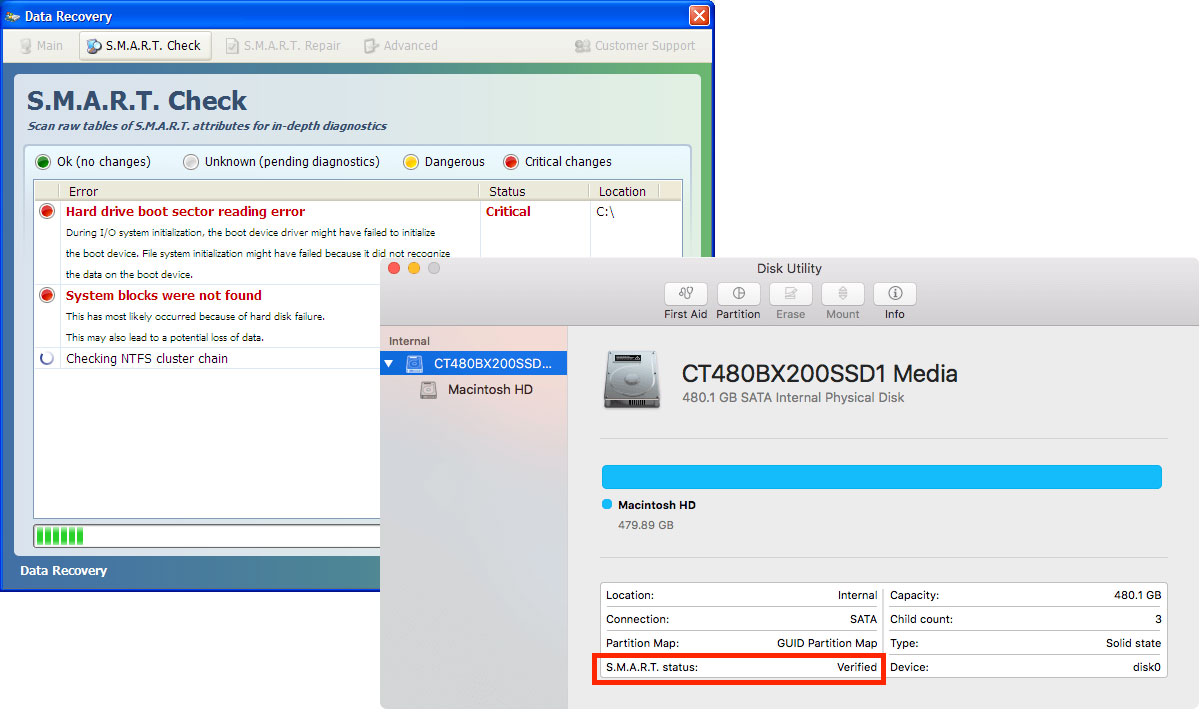
There is also software available to constantly monitor the health and temperature of the drive to actively warn you if the drive is getting too hot or if any problems are arising.
Don’t Let It Fade Away
This last point is less about actual hard drive failure as it is about losing data. All data written to magnetic media while degrade over time. Data fade can simply be avoided by rewriting the data to another part of the drive or another drive altogether to refresh the signal.
There is an application for Windows called DiskFresh that moves data around the hard drive to keep it… fresh. As far as we know, Mac users need to do it the old-fashioned way and move files around manually.
Hard drives have been engineered to be as reliable and long-lasting as possible, but they are mechanical drives requiring speed and precision. This means all hard drives fail. But, if you take good care of your hard drives, you can expect to average 10+ years of moderate use.
